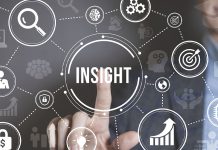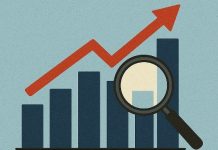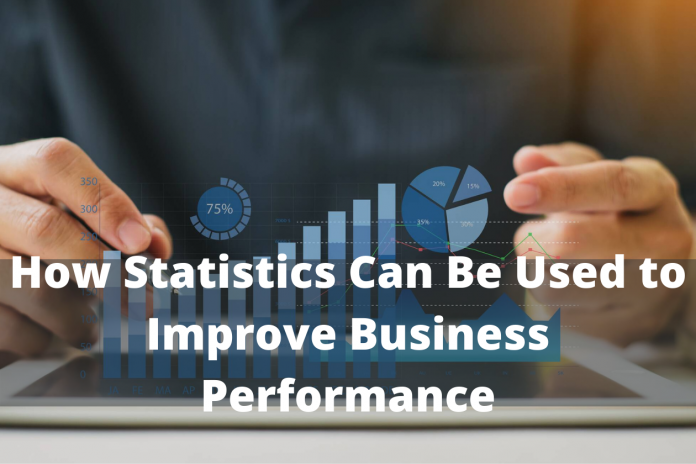Most big companies spend a lot of time gathering data and employing data scientists and analysts to work with that data. Data science and statistics are two fields that are seeing continued growth, and that can allow businesses to have a real edge over their competitors.
This is great news for businesses and for people who are looking to find a career path that is both interesting and has a good future.
What exactly is statistics, and how is it employed in a business setting?
What is statistics?
Statistics is a branch of mathematics concerned with gathering data and then analyzing that data to draw conclusions. Statisticians apply mathematical principles such as algebra, calculus, and probability theory in order to determine what large groups of people are likely to do, based on the data they have collected about a small sample set.
Also Read: How Statistics Can Be Used to Improve Business Performance
Data science and statistics are closely linked, with data scientists designing powerful computer algorithms to collect, store and interpret data in order to find patterns and trends in the same way that a statistician does.
As you can probably imagine, the ability to predict large groups of people’s behavior is invaluable in a variety of ways, not least in the business and political spheres.
Measuring employee performance
A simple way that statistics may be used in the workplace is through the measurement of the performance of individual employees. If an employer thinks that an employee often gets less done on a particular day of the week, or at a particular time of day, for example, they can use statistics in order to ascertain whether what they are thinking is true, and if so, how much productivity is dipping.
Also Read: How to maintain staff morale while working remotely
If it always drops by a similar amount, then this indicates a pattern, which is something that can be addressed. The employer may use this information to have a conversation with the employee and get to the root of the issue.
Employers should be careful about gathering too much data on individual employees; however, this can make people feel as though they aren’t trusted, which will impact performance in its own way!
Applying ideas to improve performance
Employers could also use the findings of statisticians about the population in general and use them in their own workplace.
For example, if statisticians had found that most people in a certain country didn’t perform as well at work when the temperature in the office went above a certain level, then the employer could anticipate this issue and combat it by installing air conditioning.
They can also use statistics to analyze how well employees respond to things like wellbeing initiatives and how effective working from home and flexible working policies really are. This allows employers to make firm business cases for making changes like these based on figures, which is much harder for a board of directors to turn down.
Analysis of past company performance
Statistics can be used to measure company performance as a whole, too. A company might use statistics to notice certain times of the year, or certain locations or certain sectors where their performance is particularly good or particularly bad.
They can then use this information to inform their future strategies. If their performance has been good, they can keep doing the same things, and if not, they know that they need to change something.
Evaluating options
Statistics is a powerful tool for evaluating options before you put strategies into place. Statistics are used in this way in both the political and business worlds all the time.
A business might want to try and break into a market area, and before they proceed, they can use statistics to evaluate the likelihood of this move being successful. In the same way, politicians will use statistics to inform which policies they want to champion based on what they think the voter reaction will be.
If you’d like to read more about the role of statistics in politics, click here.
Making and tracking business decisions
Once businesses have made decisions, they need a way to track their success. In the same way that consumer behavior can is modeled and analyzed to inform business decision-making, it can be analyzed to provide feedback on the success of the decision.
Businesses can track consumer behavior after a change has been implemented, and from this information, ascertain whether consumers are acting as they thought they would or whether something else is happening which needs to be compensated for.
Awareness of the world economy
Businesses don’t operate solely in the city in which they are based. They are at the mercy of the world economy in the form of things like supply chains, where if there a problem in one country preventing the manufacture of one part, this has a global knock-on effect.
Businesses who are aware of these global issues can mitigate them and also use them to their own advantage.
An awareness of the world economy is also highly valuable when planning things like expansion. If you are aware that the country you are thinking of expanding into has a struggling economy, then this might make you think twice about your expansion plans, or at least allow you to devise a strategy for a good way to do it.
The same thing applies if you are thinking of getting into a partnership with another company, it’s wise to have an idea of any struggles that they might be facing before making any agreements.
Research and development
Finally, statistics are essential for the research and development of new products. Statistics can tell us what problems people around the world are having, and where people are having problems, there is an opportunity for new products and services.
When a new product is in development, statistics can also be used to determine where it will be best received and by which demographic of people. This helps to inform things like marketing strategy and more logistical issues like where the products might be manufactured and stored.





































